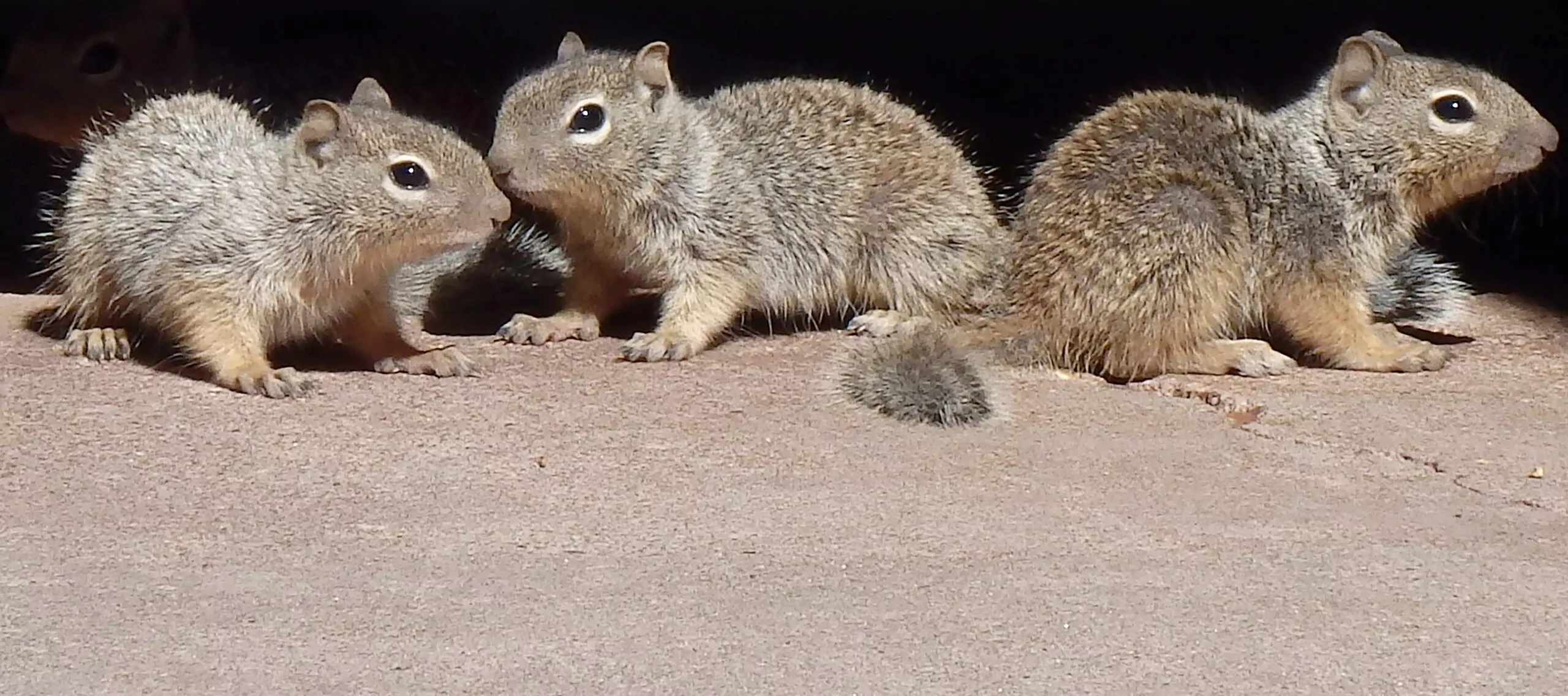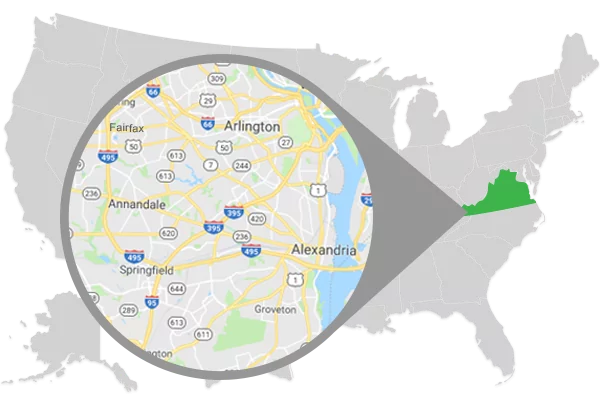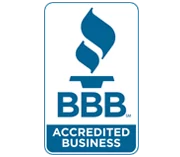
When is squirrel mating season?
Squirrels have two mating seasons. One is between December and February and the other is between June and August. Female squirrels have a gestation period of 38 to 46 days and will deliver their first litter between February and April and the second litter in the late summer months of August or September. The mating process involves several male squirrels frantically chasing the female squirrel. After the mating process, the female squirrel gets the male to leave and then will deliver the young called kittens or kits and raise them on her own. This is because male squirrels tend to be aggressive and might harm or even eat the baby squirrels.
The babies are helpless and fully reliant on their mother for the first seven to eight weeks of their life and are fully weaned after about 10 weeks. Shortly after they are weaned, the female squirrel will force her babies to leave the nest, never to return. Once her babies are gone, the female squirrel begins the breeding cycle again and prepares for her next litter. The litter born in the summer will stay with their mother a bit longer to make it through the winter.
Where do squirrels have their babies?
Squirrels typically den in one of either two types of habitats. A drey (twigs, leaves and grass) or a tree cavity. The leaf nest is like it sounds, a nest made out of leaves. The tree cavity den is a shelter in a hollowed out tree that provides comfort and protection for the squirrels. From time to time, squirrels may choose an alternative site for their nest, your home. Most often, squirrels will get into attic spaces and make their nest in insulation or cardboard boxes or with other resources they pull in such as leaves and twigs. Keep in mind that this nest in your home is not their only shelter but it might be their main shelter. Squirrels have things called vacation homes where they will stop at and rest at while they are gathering food. They have their vacation homes along the route, they have their main den. Some reasons they might make your attic their main den is because it offers them a safe, warm place. Also they might have easy access to food sources whether it is in your yard or surrounding areas or in your home.
Squirrels in my house! What do I do?
Squirrels can be quite a challenge, especially during mating season and what follows, squirrel nesting season, when the female squirrel is raising her young. There are some options to remove them. Some people will wait until squirrels leave on their own and then patch up the holes, repair the siding or flashing and make it difficult for the squirrels to regain entry. The problem with waiting for the squirrels to leave on their own is that depending on the time of year, it can take weeks to months. In that time, squirrels can cause a lot of damage and destruction and make your home unsafe for you and others who reside there.
Why is it bad to have squirrels in the attic?
You may think you are simply providing squirrels with a safe refuge, but instead you are harboring dangerous wild animals. Squirrels may chew on wires, wood and other parts of the home, defecate on, urinate on and tear up attic insulation. Squirrels can carry parasites, mites, fleas and even spread harmful diseases such as salmonella and rabies. It is so important to not wait and let the problem linger, because the longer you have squirrels in your home, the longer you are potentially exposing your home and your health to lasting and damaging effects.
How to get rid of squirrels in the attic
It is strongly advised to not attempt to remove the squirrels on your own. The best thing to do is to hire a professional wildlife removal service like Summit Wildlife Removal. At Summit, we can remove the squirrels from your property and make sure your home is properly sealed out. It is important to make sure all the squirrels are out before you do any kind of seal out. A humane trapping program or a one-way door will be placed on the outside of the attic and will be placed there to make sure the squirrels are out before the seal out process begins.
What goes into a squirrel removal estimate?
Squirrel removal can be more challenging than one may think. Squirrels are wild animals and will do and go as they please. The first thing to do when you think you have squirrels in your attic or home, is to call a wildlife removal company like Summit Wildlife Removal. The office staff will get you set up for a technician to come out and inspect your home and property for signs of squirrels. They will give you a price estimate for how much it will cost for them to do the work. In some instances, the only thing needed is trapping, but in most situations you might need seal out or other repairs. The estimate will be fully comprehensive and include all the suggestions for what the technician diagnoses in your home. You can pick and choose what works best for your budget and your goal for your home.
Squirrel prevention in Northern Virginia
Here are some tips to keep squirrels away from your home:
- Keep squirrels off your roof and chimney with critter guards, vent guards and chimney caps
- Keep your home and yard clean and void of foods squirrels are attracted to
- Seal cracks and crevices in the home and avoid leaving doors and windows open
- Trim tree branches back from the home
- Avoid having bird feeders on your property
- Use approved squirrel repellents and deterrents
- Maintain your property and home and do repairs when necessary
- Keep your gutters clear of debris and standing water.
Squirrel exclusion and removal in Fredericksburg, Fairfax, Alexandria and Arlington
For all your squirrel removal and exclusion needs, trust Summit Wildlife Removal to do the job. Contact us today to schedule your free estimate and you will be one step closer to a squirrel-free home.












